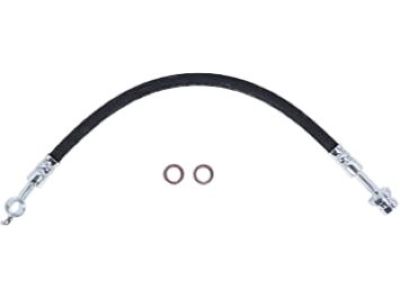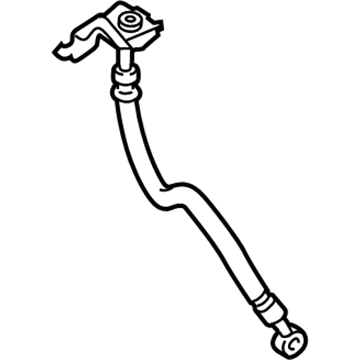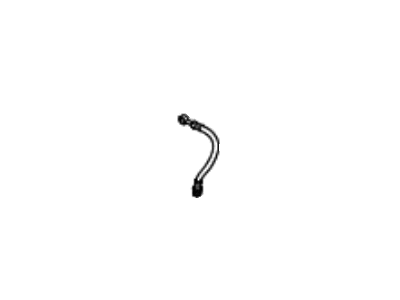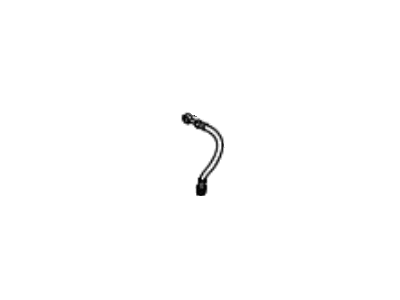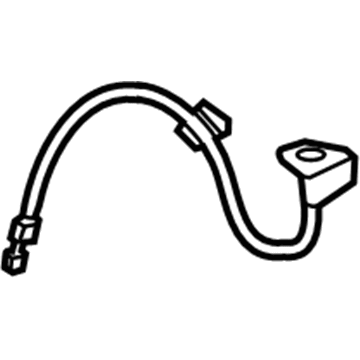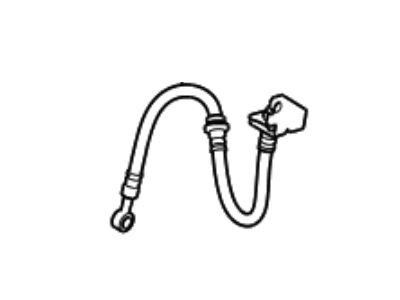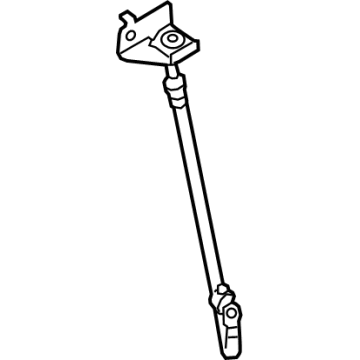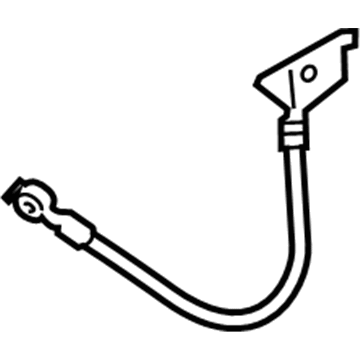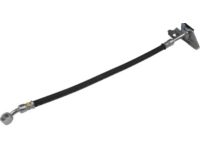×
- Live Chat
- 1-888-958-2959

My Garage
My Account
Cart
Genuine Kia Sorento Brake Line
Brake Hose- Select Vehicle by Model
- Select Vehicle by VIN
Select Vehicle by Model
orMake
Model
Year
Select Vehicle by VIN
For the most accurate results, select vehicle by your VIN (Vehicle Identification Number).
25 Brake Lines found
Kia Sorento Front Flexible Hose, Left
Part Number: 587313E100$51.89 MSRP: $70.88You Save: $18.99 (27%)Ships in 1-3 Business DaysKia Sorento Front Flexible Hose, Right
Part Number: 587323E100$52.01 MSRP: $71.05You Save: $19.04 (27%)Ships in 1-3 Business DaysKia Sorento Rear Flexible Hose
Part Number: 587373E000$25.90 MSRP: $35.10You Save: $9.20 (27%)Ships in 1-3 Business DaysKia Sorento Brake Front Hose, Right
Part Number: 587322B010$30.28 MSRP: $42.95You Save: $12.67 (30%)Ships in 1-3 Business DaysKia Sorento Rear Wheel Hose Right
Part Number: 58738C6000$34.62 MSRP: $49.10You Save: $14.48 (30%)Ships in 1-3 Business DaysKia Sorento Rear Wheel Hose Left
Part Number: 587372B010$34.89 MSRP: $47.67You Save: $12.78 (27%)Ships in 1-3 Business DaysKia Sorento Brake Front Hose, Left
Part Number: 587312P100$41.89 MSRP: $59.42You Save: $17.53 (30%)Ships in 1-3 Business DaysKia Sorento Rear Wheel Hose, Right
Part Number: 587383E100$23.90 MSRP: $32.38You Save: $8.48 (27%)Ships in 1-3 Business DaysKia Sorento Brake Rear Hose, Left
Part Number: 587373E100$24.16 MSRP: $32.73You Save: $8.57 (27%)Ships in 1-3 Business DaysKia Sorento Brake Front Hose, Right
Part Number: 587322P100$41.89 MSRP: $59.42You Save: $17.53 (30%)Ships in 1-3 Business DaysKia Sorento Brake Hose Assembly, Left
Part Number: 58731C5000$42.26 MSRP: $59.95You Save: $17.69 (30%)Ships in 1-3 Business DaysKia Sorento Front Flexible Hose, Left
Part Number: 587313E200$52.01 MSRP: $71.05You Save: $19.04 (27%)Ships in 1-3 Business DaysKia Sorento Rear Wheel Hose Right
Part Number: 587382B010$34.89 MSRP: $47.67You Save: $12.78 (27%)Ships in 1-3 Business DaysKia Sorento Rear Wheel Hose Left
Part Number: 587372P100$34.42 MSRP: $48.82You Save: $14.40 (30%)Ships in 1-3 Business DaysKia Sorento Rear Wheel Hose Right
Part Number: 587382P100$34.42 MSRP: $48.82You Save: $14.40 (30%)Ships in 1-3 Business DaysKia Sorento Front Flexible Hose, Right
Part Number: 587323E200$52.01 MSRP: $71.05You Save: $19.04 (27%)Ships in 1-3 Business DaysKia Sorento Hose-Rear Wheel Lh
Part Number: 58737P2000$27.49 MSRP: $38.67You Save: $11.18 (29%)Ships in 1-3 Business DaysKia Sorento Hose-Rear Wheel Rh
Part Number: 58738P2000$27.49 MSRP: $38.67You Save: $11.18 (29%)Ships in 1-3 Business DaysKia Sorento Rear Wheel Hose Left
Part Number: 58737C6000$34.62 MSRP: $49.10You Save: $14.48 (30%)Ships in 1-3 Business DaysKia Sorento Hose-Brake Front,Lh
Part Number: 58731P2100$37.93 MSRP: $53.80You Save: $15.87 (30%)Ships in 1-3 Business Days
| Page 1 of 2 |Next >
1-20 of 25 Results
Kia Sorento Brake Line
If you're in search of top-notch, reasonably priced OEM Kia Sorento Brake Line, then you've found the perfect spot. Our website boasts an extensive inventory of Kia Sorento Brake Line, all priced at the market's premier price. Rest assured, every genuine part we offer comes with a warranty straight from the manufacturer.
Kia Sorento Brake Line Parts Questions & Experts Answers
- Q: How to inspect, replace, and install flexible brake hoses and brake lines on Kia Sorento?A: Every 6-12 months the driver should remove the vehicle from the ground and use jackstands to lift it, afterwards check the flexible hoses that connect the steel lines to the front and rear brake assemblies for cracks and damage, wear, rubbing, blisters, and leakage as they are components of the brake system. A light and mirror will help in the inspection, any defective hose need to be replaced with the new one. To replace a hose, first you have to remove the wheel, this can be done by loosening the wheel lug nuts and then jacking up the vehicle. To the models before 2009, there are two brake hoses going to a bracket in the middle of the axle. Take of the brake line fitting from the hose using the flare-nut wrench without rounding of the corners and unscrew the U-clip on the female fitting at the bracket and pull the hose through. Remove some hose brackets from the coil-over shock absorber, control arm or strut as the case may be. At the caliper end, unbolt the banjo-fitting bolt and disconnect the hose from the caliper, always to reinstall the two copper sealing washers. To fit the new hose, screw the banjo bolt and the new sealing washers on the caliper with a specified thread engagement on the cast mandrel face. Ensure you do not twist the hose, reconnect the hose brackets, screw the tube nut into the fitting properly and fit the U clip, then tighten the tube nut. Then, open the bleed screw, put on the wheel and the lug nuts, lift off the vehicle, then torque the lug nuts to the required value. When replacing your brake lines, DO NOT use copper tubing, or any wrong parts, and buy your steel brake lines from a dealer or any auto parts store. Flared tube ends with brake line fittings can be purchased at auto parts store and comes as pre-assembled brake lines. Check that the new line is properly placed in the brackets and perhaps as a safety measure the line should be taken far from the moving or hot parts. Following the installation, be sure to inspect the master cylinder fluid level, topping it up if the level is low, then bleed the brake system and be very cautious when testing the car brakes on traffic.
Related Kia Sorento Parts
Browse by Year
2023 Brake Line 2022 Brake Line 2021 Brake Line 2020 Brake Line 2019 Brake Line 2018 Brake Line 2017 Brake Line 2016 Brake Line 2015 Brake Line 2014 Brake Line 2013 Brake Line 2012 Brake Line 2011 Brake Line 2010 Brake Line 2009 Brake Line 2008 Brake Line 2007 Brake Line 2006 Brake Line 2005 Brake Line 2004 Brake Line 2003 Brake Line






